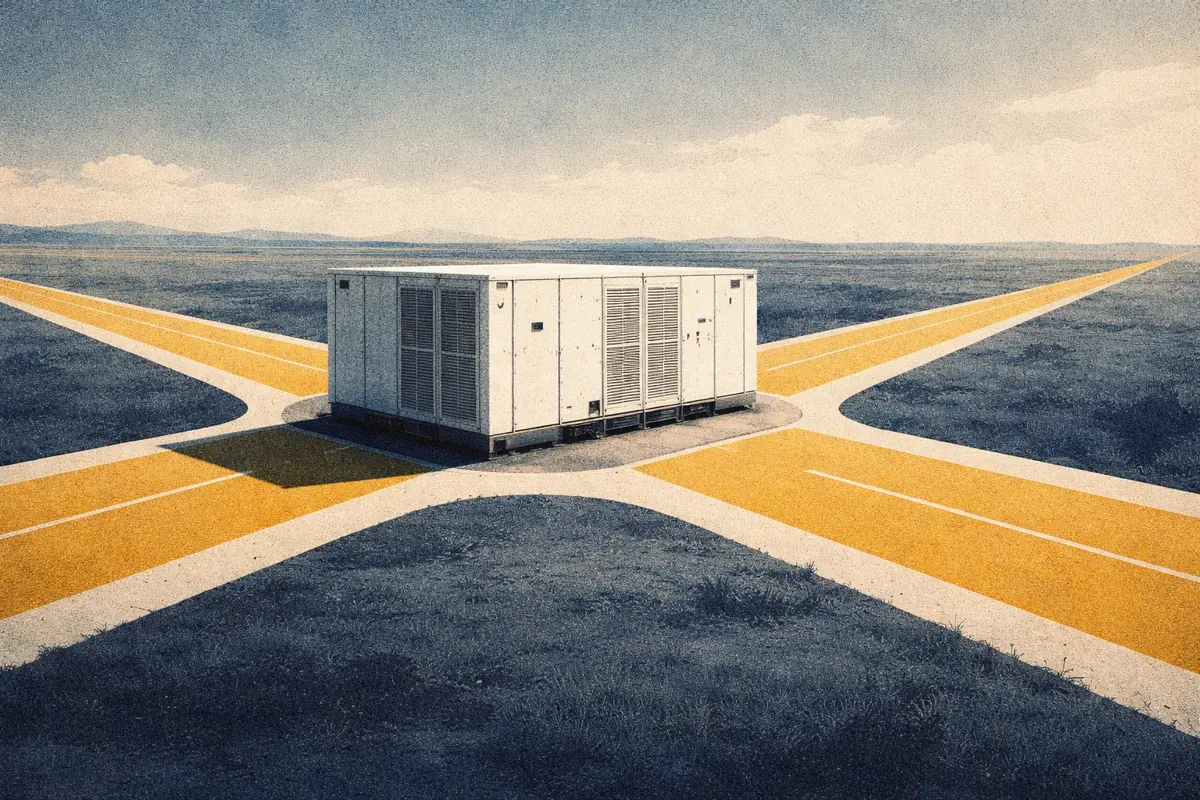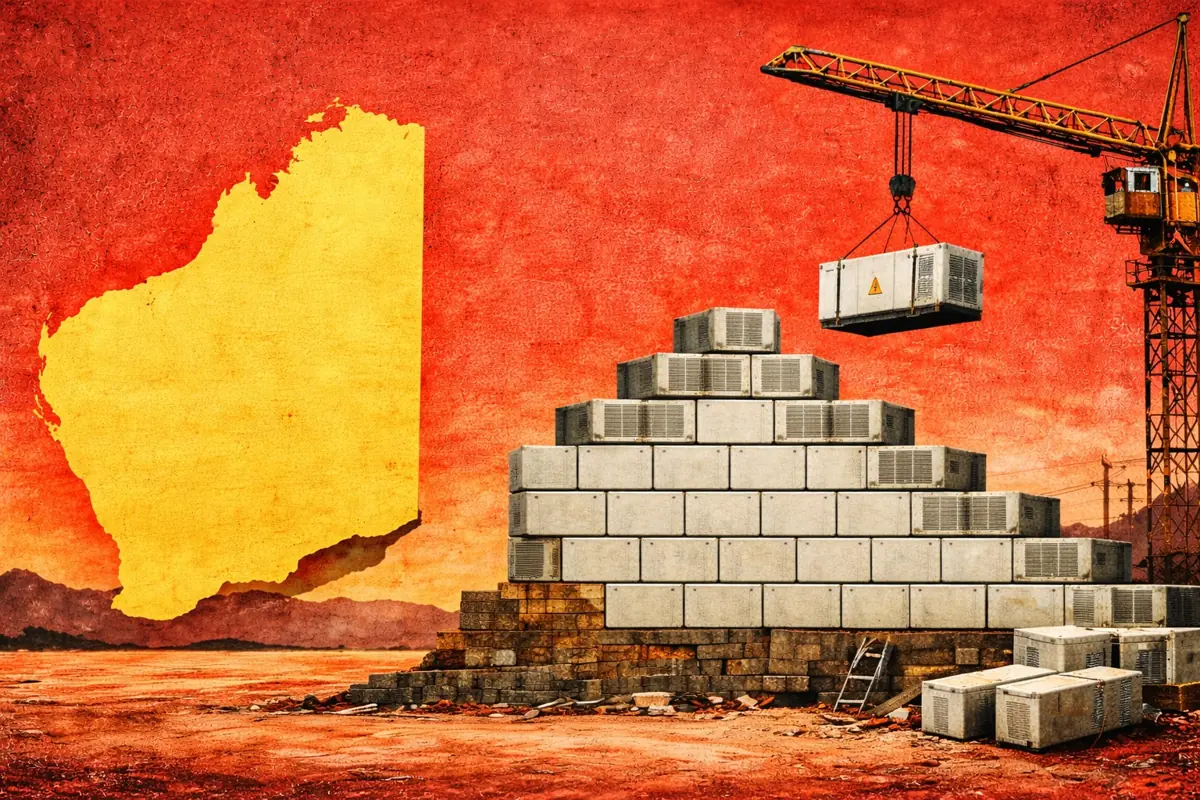ERCOT Index: What did battery energy storage revenues look like in May?
ERCOT Index: What did battery energy storage revenues look like in May?
Modo Energy’s ERCOT BESS Index benchmarks battery energy storage revenues across a given timeframe.
In May (the last full month for which market disclosure data exists), batteries on the Index made around $158,000/MW (annualized) on average.

This represented the highest monthly revenues of 2024 so far. In fact, revenues in May were 30% higher than February, March, and April combined.
And revenues were also 295% higher than at the same time last year. In particular, revenues from ECRS, Energy, and even Non-Spinning Reserve led to this massive year-on-year increase.

To learn more about battery revenues in 2023, check out our 2023 ERCOT BESS Index breakdown.
Like last May, 77% of battery energy storage revenues came from Ancillary Services
In both May 2023 and May 2024, battery energy storage systems earned 23% of their revenues from Energy arbitrage. However, the opportunities available in Ancillary Services have evolved.

In May 2023, Responsive Reserve and Regulation accounted for more than 70% of battery revenues.
However, that dropped to just 25% in May 2024.
This May, the ERCOT Contingency Reserve Service (which wasn’t launched until June 2023) accounted for 41% of battery earnings.
On top of this, the Non-Spinning Reserve Service provided a larger proportion of battery revenues than ever before - over 10%.
How did duration impact battery energy storage revenues in May?
On average, longer-duration systems (1.5+ hours) two-hour earned 28% higher overall revenues than shorter-duration batteries in May. (To keep things simple, we’ll refer to them as “two-hour” and “one-hour” systems - even though actual durations may vary.)

This revenue difference came from higher earnings in ECRS, Non-Spin, and Energy arbitrage—markets in which longer-duration systems have an inherent advantage.
Two-hour systems earned 53% of their revenues from ECRS. Whereas shorter-duration batteries earned just 33% of their revenues from this service.
ECRS requires the ability to output for two hours, and Non-Spin requires the ability to output for four hours. As such, one-hour systems need to de-rate their capacity when entering into the services.
How did battery location impact revenues in May?
Battery energy storage systems in the South and West load zones earned 56% of their revenues from ECRS and Non-Spin. Whereas batteries in the other regions earned just 34% of their revenues from these services.
And, in Houston, batteries did not earn a single dollar of revenue from Non-Spin. Instead, they earned 39% of their revenues from Regulation services.

Ancillary Service prices don’t vary by region. As such, any difference in revenue proportions across regions is predominantly due to capacity allocations by individual battery owners and operators in these regions.
What about co-located battery energy storage systems?
Battery energy storage systems that are co-located with large solar or wind sites cannot be compared apples-to-apples with standalone systems. Co-located batteries supplement the operations and total revenues of a renewable site.
To learn more, check out our recent article: What is the value of a co-located battery energy storage in ERCOT?
As such, standalone systems generally earn more than co-located batteries. In May 2024, standalone batteries earned $175k/MW/year on average, more than twice that of co-located systems.

Check out our new custom indices feature - to benchmark sites against others with similar characteristics.
Subscribers to Modo’s ERCOT products can continue reading below. Find out:
- Which specific battery energy storage systems outperformed the Index in May.
- How the portfolios of ERCOT’s largest battery owners performed.
- And what revenues looked like in June and July - according to the ERCOT BESS Index “nowcast”.
Which individual battery energy storage systems earned the highest revenues in May 2024?
Battery energy storage systems in ERCOT earned an average of $158k/MW/year in May 2024 - with more than three-quarters of overall battery revenues coming from Ancillary Services.
Many of the top-performing batteries earned a majority of their revenues from ECRS and Non-Spin.
Already a subscriber?
Log in







